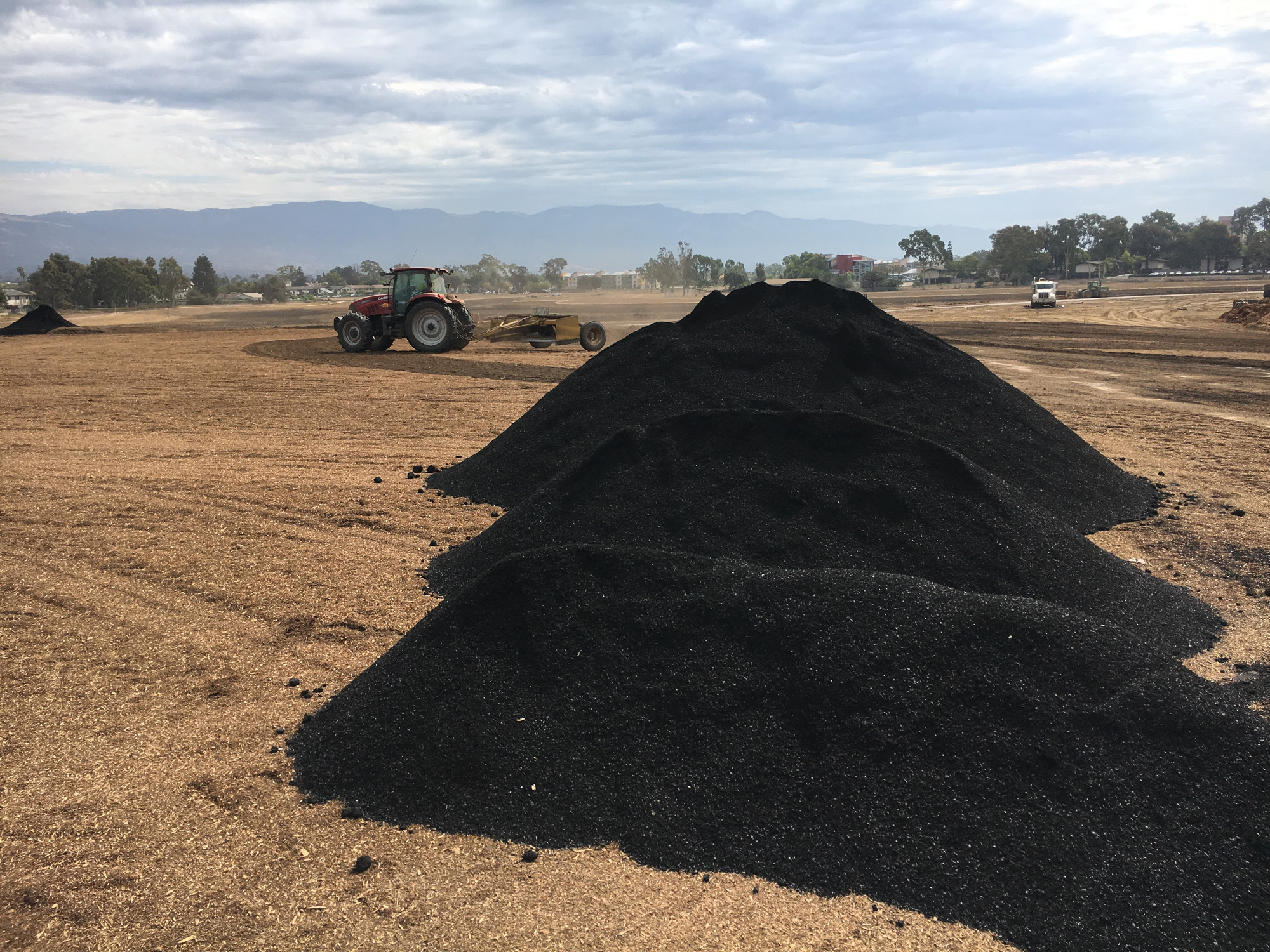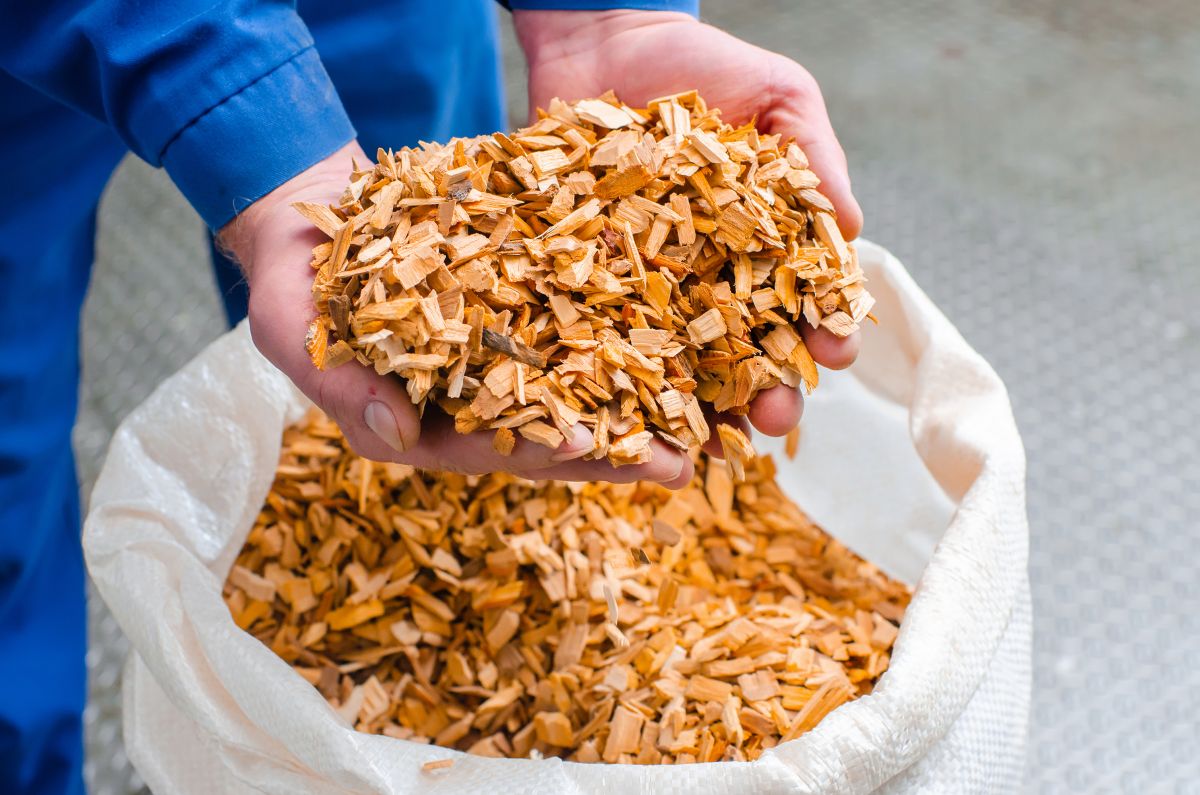Biochar Production via Fast Pyrolysis: Challenges and Future Perspectives
Biochar, a carbon-rich solid material produced from the pyrolysis of biomass, has gained significant attention as a promising tool for sustainable agriculture, carbon sequestration, and renewable energy production. Among various pyrolysis methods, fast pyrolysis stands out due to its ability to rapidly convert biomass into biochar, bio-oil, and syngas. This post explores the challenges associated with biochar production via fast pyrolysis and discusses future perspectives in advancing this technology.

Fast Pyrolysis: An Overview
Fast pyrolysis is a thermal decomposition process that occurs at high temperatures (typically between 400-600°C) in the absence of oxygen. During fast pyrolysis, biomass is rapidly heated, causing it to undergo thermal degradation and release volatile compounds. These vapors are then condensed, resulting in the formation of bio-oil, while the remaining solid residue is known as biochar. The biochar pyrolysis equipment plays an important role.
Challenges in Fast Pyrolysis Biochar Production
Despite the numerous benefits associated with fast pyrolysis biochar production, several challenges need to be addressed to optimize the process and ensure its viability on a large scale. Here are some key challenges faced in biochar production via fast pyrolysis:
a) Feedstock Selection and Pre-Treatment:
Different types of feedstock exhibit varying chemical compositions and physical properties, which can significantly impact the yield and quality of biochar produced. Selecting the appropriate feedstock and implementing pre-treatment techniques to reduce moisture content and improve homogeneity are crucial steps in optimizing the fast pyrolysis process.
b) Reactor Design and Heating Rate:
The design of the pyrolysis reactor plays a vital role in achieving efficient heat transfer and maximizing biochar yield. The heating rate during fast pyrolysis affects the composition of the biochar and its physicochemical properties. Balancing the heating rate to promote high biochar yield while minimizing undesirable by-products requires careful optimization.
c) Bio-oil Quality and Stabilization:
Fast pyrolysis simultaneously produces biochar and bio-oil. However, bio-oil is prone to degradation due to its high oxygen content and chemical instability. Stabilizing bio-oil to prevent degradation and improve its quality is a critical challenge in fast pyrolysis biochar production.
d) Contaminant Removal:
Impurities present in the biomass feedstock, such as heavy metals and organic pollutants, can be retained in the biochar during fast pyrolysis. Developing effective methods for contaminant removal from biochar is essential to ensure its safe application in agriculture and environmental remediation.
e) Scale-up and Commercialization:
While fast pyrolysis has been extensively studied on a laboratory scale, scaling up the process for commercial production remains a challenge. Overcoming engineering and economic hurdles associated with large-scale implementation is crucial to make fast pyrolysis biochar production economically viable and environmentally sustainable.

Future Perspectives
Despite the challenges, there are several promising avenues for advancing biochar production via fast pyrolysis:
a) Process Optimization:
Continued research and development efforts are needed to optimize key parameters in fast pyrolysis, such as reactor design, heating rate, residence time, and catalyst utilization. Improving these aspects will enhance biochar quality, increase yield, and reduce unwanted by-products. The coconut shell charcoal machine can process coconut shell.
b) Feedstock Diversification:
Exploring a wider range of biomass feedstocks, including agricultural residues, livestock waste, and dedicated energy crops, can help diversify the raw materials used for biochar production. This diversification can offer multiple benefits, such as utilizing underutilized biomass resources and reducing competition with food crops.
c) Co-pyrolysis and Co-feeding:
Co-pyrolysis involves the simultaneous pyrolysis of multiple feedstocks, which can enhance the quality and properties of the resulting biochar. Additionally, co-feeding biomass with other materials, such as waste plastics or sewage sludge, can improve process efficiency and address waste management challenges.
d) Biochar Valorization:
Exploring innovative ways to valorize biochar can enhance its economic potential. For instance, it can be used as a precursor for activated carbon production, as a soil amendment combined with other beneficial additives, or as a component in composite materials for various applications.
e) Environmental and Safety Considerations:
Conducting comprehensive environmental impact assessments, life cycle analyses, and toxicity studies will provide valuable insights into the potential benefits and risks associated with fast pyrolysis biochar production. This information can guide regulatory frameworks and ensure the safe and sustainable deployment of this technology.
Conclusion:
Biochar production via fast pyrolysis holds great promise for addressing multiple sustainability challenges by converting biomass into biochar, bio-oil, and syngas by wood to charcoal machine. Although there are challenges to overcome, ongoing research and technological advancements offer hope for optimizing the process and realizing its potential at a commercial scale. By addressing these challenges and exploring future perspectives, biochar production via fast pyrolysis can contribute to sustainable agriculture, circular economy practices, and climate change mitigation efforts.